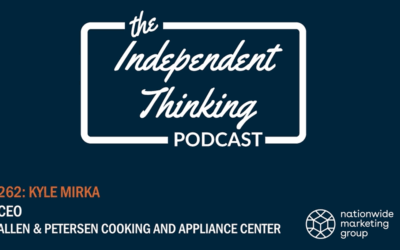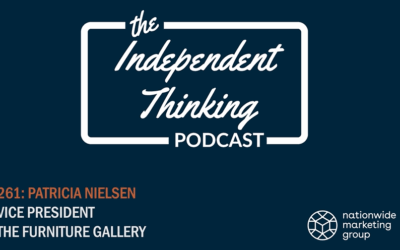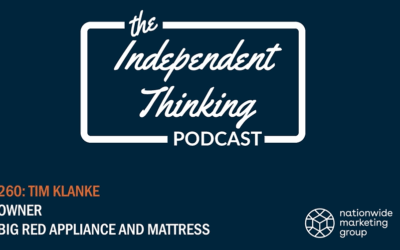As I watch the young girl burst into tears of happiness upon receiving her gift of clear plastic orthodontics, I feel a lump in my throat. Oh man, don’t tell me I’m about to cry over a commercial. How lame am I? I didn’t mind smiling along with Flo and Jamie on the insurance spot or getting goosebumps when the beer ad honored first responders and healthcare workers, but I didn’t sign up for tears over braces. As a card-carrying “guy” I might have been surprised at my emotions, but the brilliant marketers who created the commercial weren’t. You see, great marketers understand that emotions lead to action and the most effective way to motivate consumers to act is to cause them to feel something.
Neurologist Donald Calne suggests, “Reason leads to conclusions. Emotion leads to action.” Consumers may be aware that your store is a reasonable shopping option based on its advertised service, selection and value, but that’s just the price of admission. They’ll ultimately choose you over the competition if they like you, trust you and feel right about doing business with you. Effectively messaging that is what causes those “feels” in your advertising.
Those of us who work to create these kinds of ads know how unpredictable they can be. As a retail ad guy for decades, I found it frustrating that the spots requiring the most work and expense would sometimes bomb, while others that were shoe-string affairs put together at the last minute ended up as home runs. That’s not unusual in creative projects. Music fans might be surprised how many of their favorite hits were originally B-sides or quick recordings that came together during extra studio time. Fortunately, digital marketing allows us to test small samples with multiple messaging options and then scale up the winner, which helps improve your ad’s chances for success.
Of course, old-school marketing philosophies suggested that manufacturers should focus on branding and retailers should do the promoting. Today, however, those lines have become blurred or even disappeared thanks to the growing array of marketing channels and media options. These days, manufacturers are promoting directly to consumers and successful dealers are making their store’s brand the anchor of their messaging. After all, merchandising is fluid, but a company’s brand is eternal.
Creating emotional advertising is a challenge, but it’s worth it. Success demands authenticity, respect, passion and creativity. Here are few quick ideas to kick start your creative process for emotionally engaging content:
- Make your message about the customer, help them envision themselves with your products.
- Use engaging imagery. A picture is worth a thousand words and video is 30 pictures a second.
- The best story often wins, your facts and data are more digestible as a story.
- Your consumer reviews can suggest what’s important to customers about your company and become a source of creative inspiration.
- Cut against the grain of expectation. Unpredictability can increase engagement.
- Humor is best attempted as a smile.
- One word – puppies.
Keep in mind that judging your own spots calls for some discipline. It might feel right to you, but your feelings are based on pride in your company’s brand or the excitement of having created a high quality commercial. These feelings are authentic and valid but not always indicative of what your shoppers will feel when they view the message. Be aware of the everybody-at-church-just-loves-my-spots effect too. Your circle of friends may have many of the same familiarity-based emotions as you. Consumer response is the one true way to evaluate the quality of your message.
Today, as you compete with billions in big box ad dollars, it’s more important than ever to emotionally connect with your shoppers. It’s true that standard-issue, this-week-only, retail ads might help your company transact business with some share of the shoppers out there. However, its residual value to your brand is limited and it often requires price concessions as its primary motivator. Advertising that elicits emotion leads to relationships with customers, makes price a thing but not necessarily the thing, and can provide residual impact long after the sale.
This article was first published in the March 2021 issue of Retail Observer.




